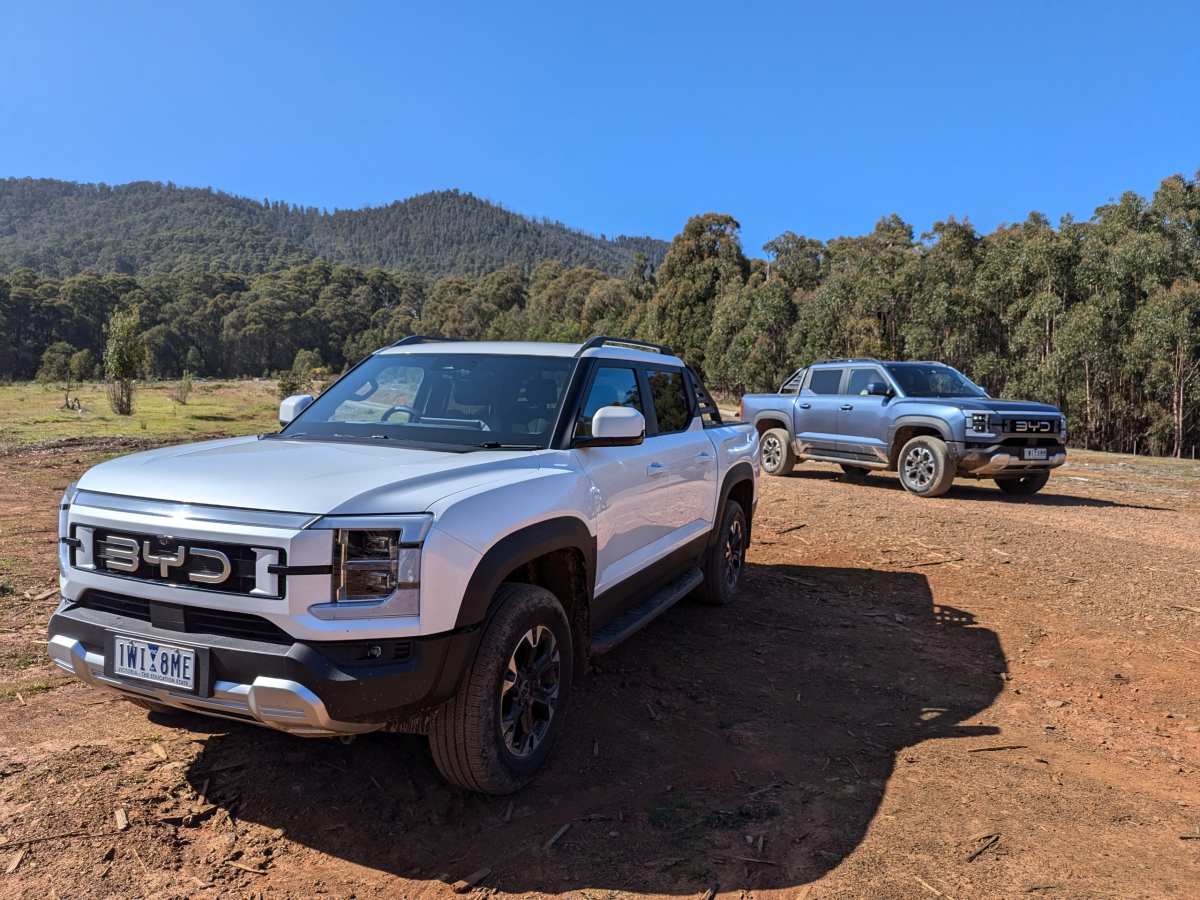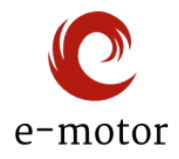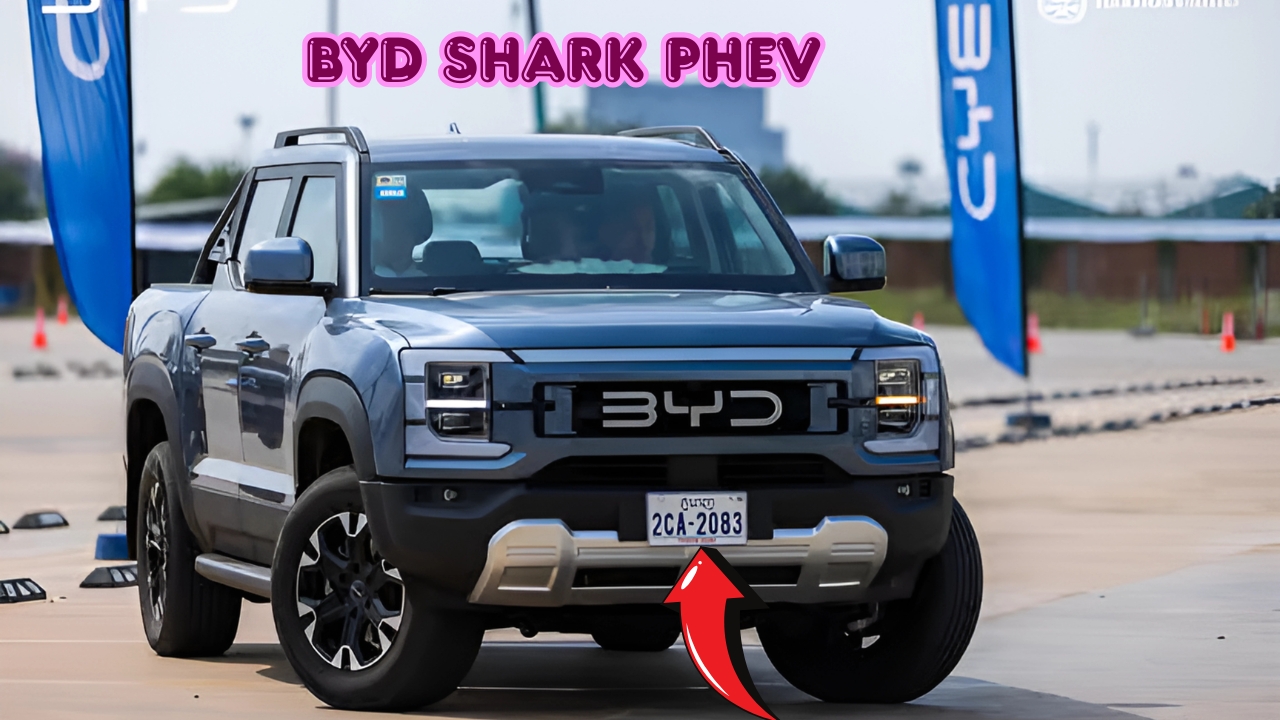The BYD Shark 6 PHEV has stormed into Australia’s competitive ute market like a predator sensing opportunity. This revolutionary plug-in hybrid pickup truck isn’t just another addition to the dual-cab segment – it’s rewriting the rulebook entirely.
Since hitting Australian shores in late 2024, the Shark 6 has captured attention with its bold styling, innovative powertrain, and competitive pricing. But how is this Chinese contender actually performing against established titans like the Ford Ranger and Toyota HiLux?
Market Performance: The Shark Makes Waves
The numbers tell a compelling story about the Shark 6’s early success. In February 2025, the BYD Shark 6 landed directly in 6th place with over 2,000 sales, an impressive feat for a newcomer in Australia’s fiercely competitive ute market.
BYDs accounted for 50 per cent of all plug-in hybrids delivered in the first quarter of 2025, with the Shark 6 alone accounting for over a third of the PHEV market. This dominance in the PHEV space shows Australian buyers are ready for electrified utes.
The Shark 6’s market impact extends beyond just sales figures. According to data from the Federal Chamber of Automotive Industries, BYD registered 2026 sales of the PHEV Shark 6 in February, claiming the title of the third-best-selling ute in Australia in just its first month of sales reporting.
Even neighbouring New Zealand has embraced the Shark 6, with the BYD Shark 6 PHEV pickup truck landing directly at an outstanding 10th place in its debut month.
Powertrain Revolution: Electric Meets Practical
The Shark 6’s heart is its groundbreaking hybrid system that combines a 1.5-litre turbocharged petrol engine with dual electric motors. The BYD SHARK 6 boasts a massive 321kW of power and groundbreaking 650Nm of torque maximum output.
This innovative setup delivers brutal acceleration that diesel utes simply can’t match. BYD SHARK 6 features an AWD Plug-in hybrid architecture built from the ground up to maximise comfort and efficiency, delivering a combined range of 800km per tank while providing the capability to reach 100km/h in as little as 5.7s.
The 29.58kWh battery pack provides up to 100km of electric-only driving, perfect for daily commutes without burning a drop of fuel. When the battery depletes, the petrol engine seamlessly kicks in, ensuring unlimited range for long-distance adventures.
Unlike traditional diesels, the Shark 6 runs whisper-quiet in electric mode, offering a premium driving experience that’s more luxury SUV than work truck.
Payload Limitations: The Reality Check
While the Shark 6 excels in many areas, its payload capacity presents some challenges. The Shark 6 has a 2710kg kerb weight, with its 790kg payload accounting for all of its remaining 3500kg gross vehicle mass (GVM).
This 790kg payload figure trails behind traditional diesel competitors that often offer around 1000kg capacity. For tradies who regularly max out their ute’s carrying capacity, this could be a dealbreaker.
BYD is reaching out to Australian owners of the Shark 6 to gather feedback about potential upgrades to the plug-in hybrid ute’s hauling and carrying capabilities. The company is clearly listening to customer concerns and considering improvements.
The weight penalty comes from the Shark 6’s complex electrical systems and large battery pack. However, for most Australian buyers, the 790kg payload should handle typical loads like camping gear, tools, and recreational equipment.
Towing Capacity: Room for Improvement
The Shark 6’s 2500kg braked towing capacity represents its most significant limitation compared to diesel rivals. This gives the BYD SHARK 6 a 2,500KG braked towing capacity, perfect for any lifestyle, though it falls short of the 3500kg benchmark set by most competitors.
Both the Cannon Alpha PHEV and Ranger PHEV boast 3500kg towing capacities, which is the limit of what you can haul with a 50mm tow ball in Australia. This puts the Shark 6 at a disadvantage for serious towers.
However, relief is coming. At the Shark 6’s launch in October, BYD’s Asia Pacific sales division, Liu Xueliang, told Australian media: “Very soon we’re going to have another version of the ute which can support stronger towing. We cannot disclose the specific date, but it’s on the way. It can tow up to 3.5 tonnes.”
Current owners have also discovered some towing restrictions. Shortly after Australian deliveries of the Shark 6 began, owners took to online forums to note their inability to use cruise control while towing with the PHEV ute, though BYD promises an over-the-air update to address this.
Real-World Performance: Buyer Experiences

Australian reviewers have been overwhelmingly positive about the Shark 6’s on-road manners. The initial impression when driving the Shark 6 is of a large, luxury SUV. It’s quiet, smooth and interior presentation is very good.
The independent suspension setup, unusual for a ute, delivers impressive ride quality. Even the ride quality is a departure from the taut ride of typical dual cabs – it does thump through larger bumps, but in the main it’s very smooth.
Off-road capability has surprised many critics. The BYD Shark 6 stood up to the challenge. Yep, we had tyre issues and there are queries over fuel consumption but the core mechanical, technical and design package all passed the test comfortably, quietly and capably during extensive outback testing.
However, the Shark 6 approaches off-roading differently than traditional utes. There are no low range gears, no differential locks and not even a live rear axle. Instead it rides on independent double wishbone suspension.
Technology and Features: Premium Package
The Shark 6’s interior technology sets new standards for the ute segment. In the ute space the screens and relatively slick software in the Shark 6 are luxuries usually outside the scope of the segment.
Standard equipment includes a 15.6-inch rotating touchscreen, wireless Apple CarPlay and Android Auto, heated and ventilated front seats, and a premium 12-speaker audio system. This level of technology typically costs thousands extra in competing utes.
The Shark 6 also offers vehicle-to-load capability, allowing you to power external devices directly from the battery pack – perfect for camping or jobsite applications.
Safety credentials are impressive, with BYD having a perfect record of five-star ratings so far with Australian-market vehicles.
Pricing and Value Proposition
At $57,900 plus on-road costs, the Shark 6 undercuts most premium diesel utes while offering superior equipment levels. That’s less than you’ll be charged by Ford or Toyota, respectively, for an XLS Ranger or HiLux SR5 – variants of the hugely popular utes that give you significantly fewer features than the Shark 6.
The Fringe Benefits Tax exemption for PHEVs (until April 2025) made the Shark 6 even more attractive for business buyers, with the exemption estimated to deliver tax savings of up to $5500 through novated leasing.
BYD has described the current pricing as introductory, suggesting future price increases are likely as the brand establishes itself in the Australian market.
Future Outlook: Upgrades Coming
BYD isn’t resting on early success. BYD is also working on a cab/chassis version of the Shark 6, having recently told owners they’re strictly prohibited from removing the factory tub due to integrated electrical systems.
The company is actively seeking customer feedback to guide future improvements. In an email to Australian Shark 6 buyers, BYD said it’s “exploring a potential factory backed upgrade” for its ute, which would increase its payload and towing capacity.
A 3500kg towing capacity version is expected to arrive in 2026, addressing the Shark 6’s main limitation against diesel competitors.
Expert Verdict: Game-Changing Potential
Industry experts recognise the Shark 6’s transformative impact on Australia’s ute market. This BYD Shark 6, then, is something special. It’s a ute I would actually suggest that people buy from typically skeptical automotive journalists.
The consensus among reviewers is clear: Is BYD’s plug-in hybrid ute a segment game-changer? Our first full test suggests it’s difficult to consider it anything less.
While payload and towing limitations exist, the Shark 6 meets the needs of 90% of Australian buyers according to BYD’s own customer research. “We’ve done a survey of over 800 customers, and we’ve asked them what their needs and wants are for a vehicle and the real feedback on that is that this vehicle (Shark 6) is fit for purpose”.
The BYD Shark 6 represents a paradigm shift in the Australian ute market. Its combination of cutting-edge technology, impressive performance, competitive pricing, and growing market acceptance positions it as a serious alternative to traditional diesel workhorses.
Short FAQs
Q: What is the BYD Shark 6’s towing capacity? A: Currently 2500kg braked towing capacity, with a 3500kg version planned for 2026.
Q: How much payload can the Shark 6 carry?
A: 790kg payload capacity, which is lower than most diesel competitors.
Q: What’s the electric-only range?
A: Up to 100km (NEDC) or approximately 80km in real-world conditions.
Q: How fast does the Shark 6 accelerate?
A: 0-100km/h in 5.7 seconds, significantly faster than diesel utes.

